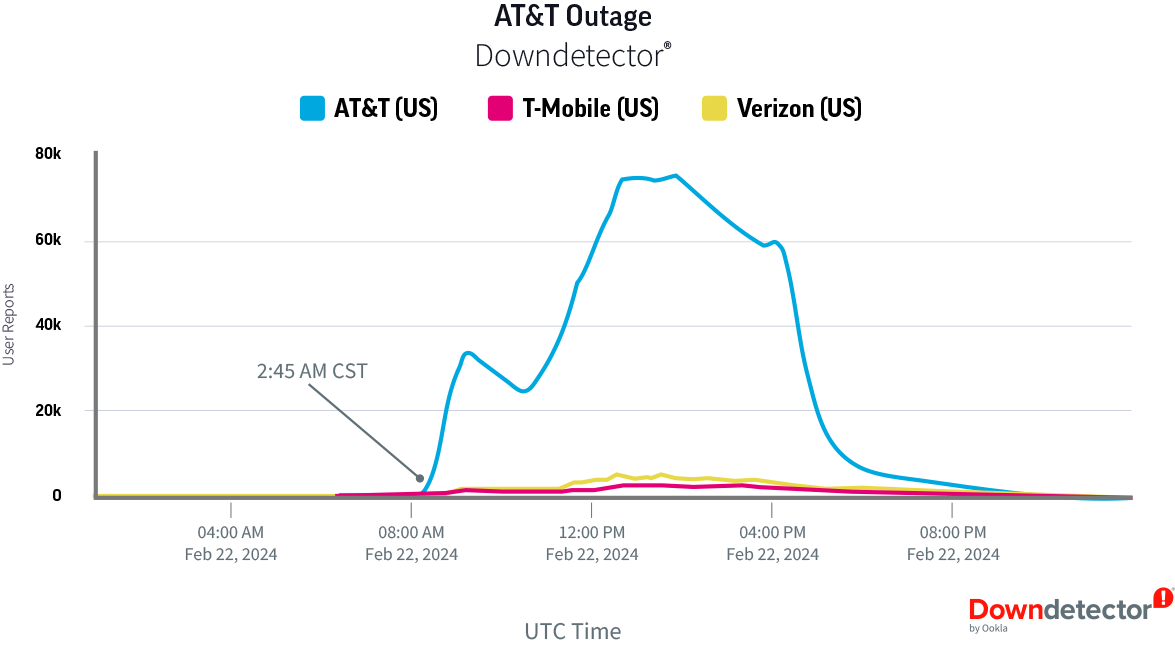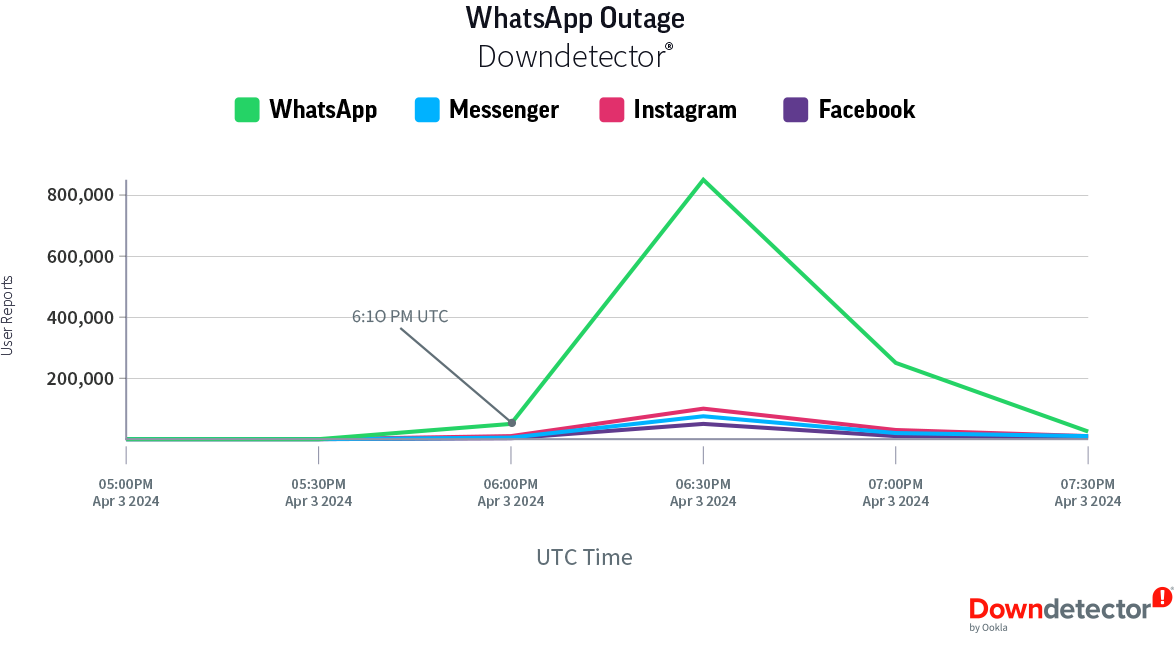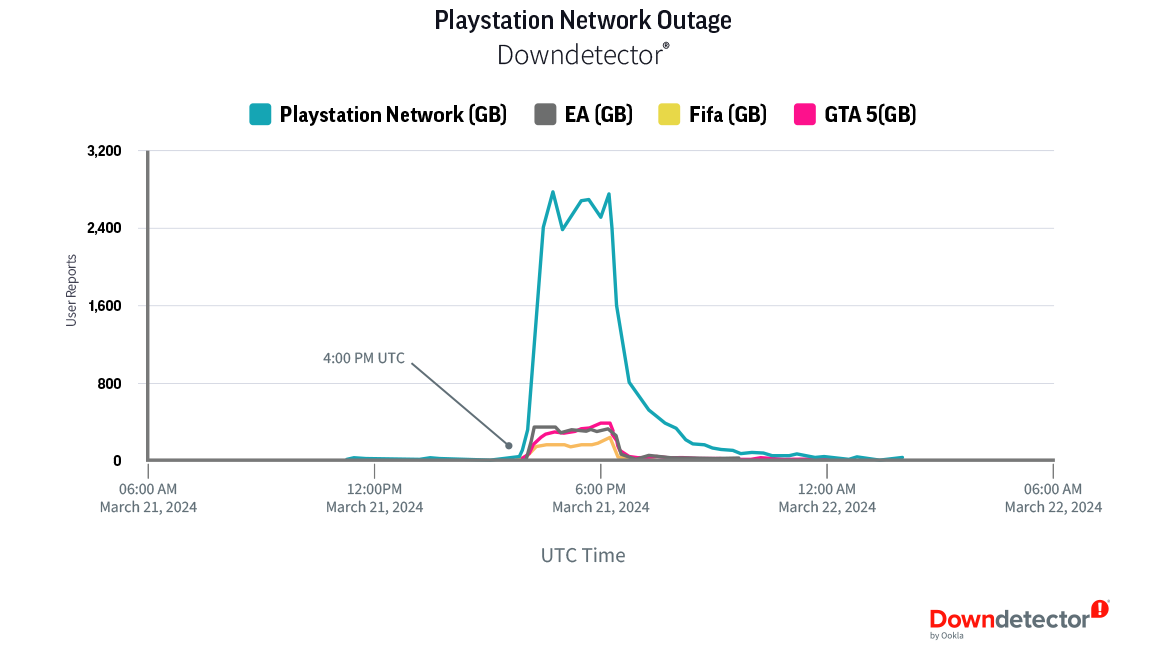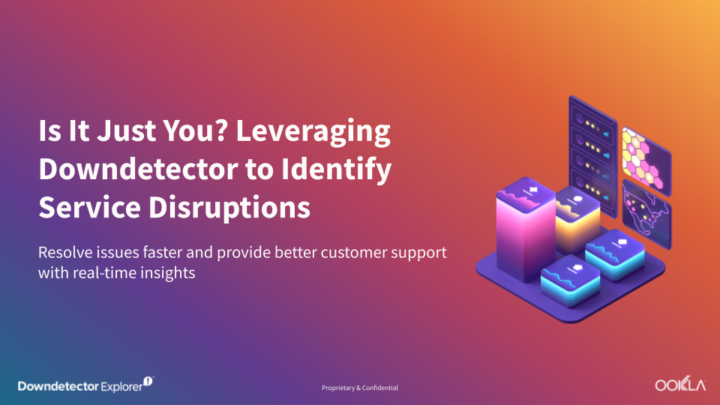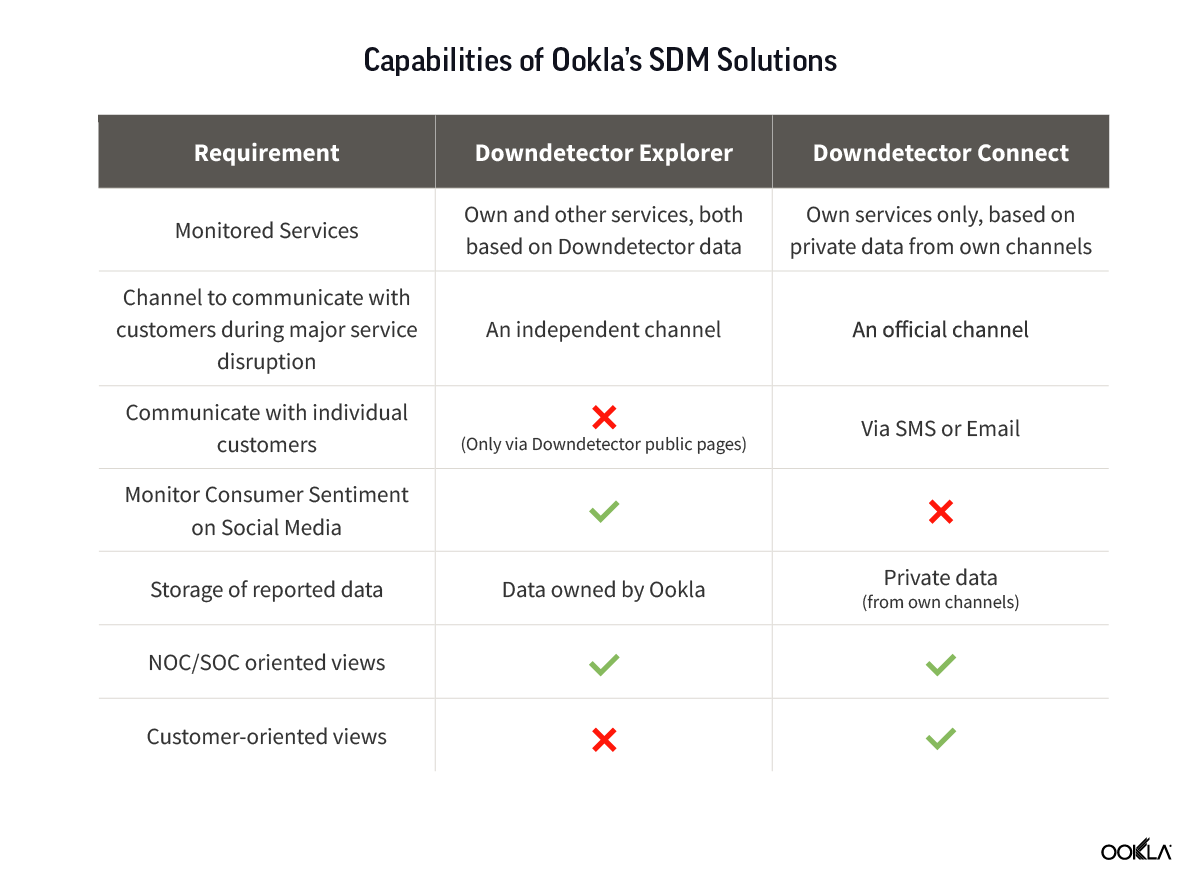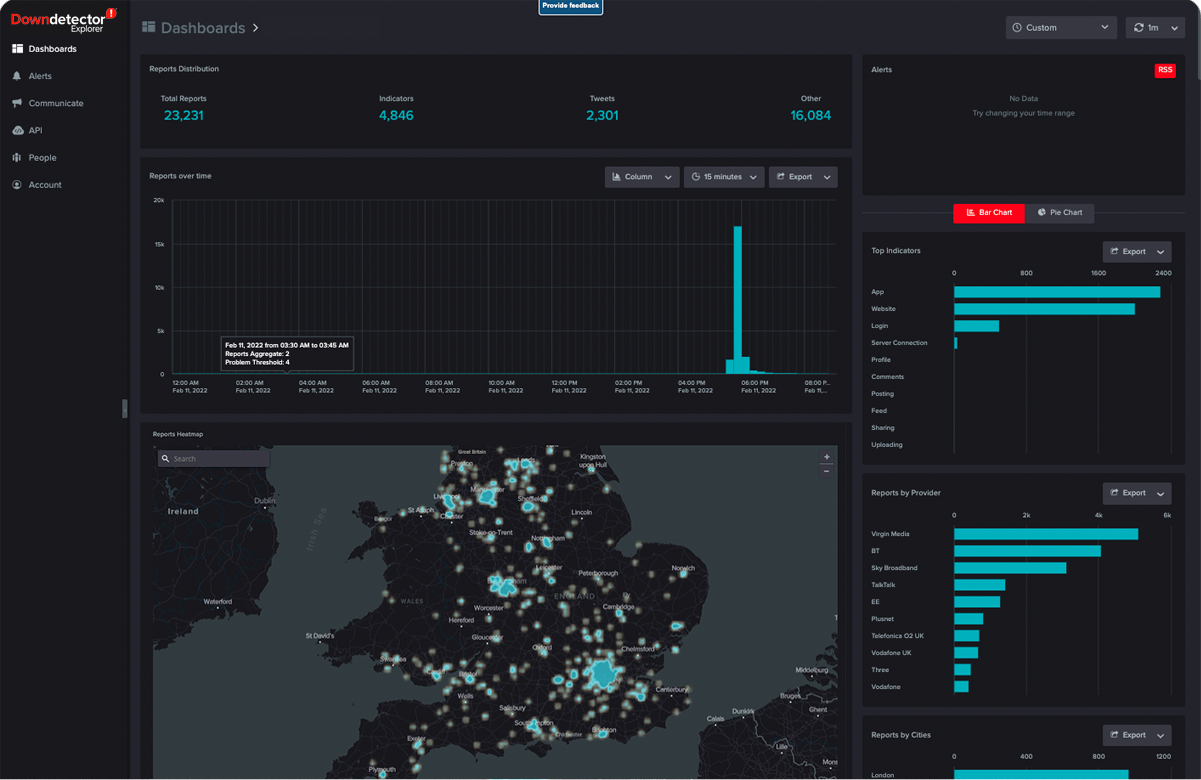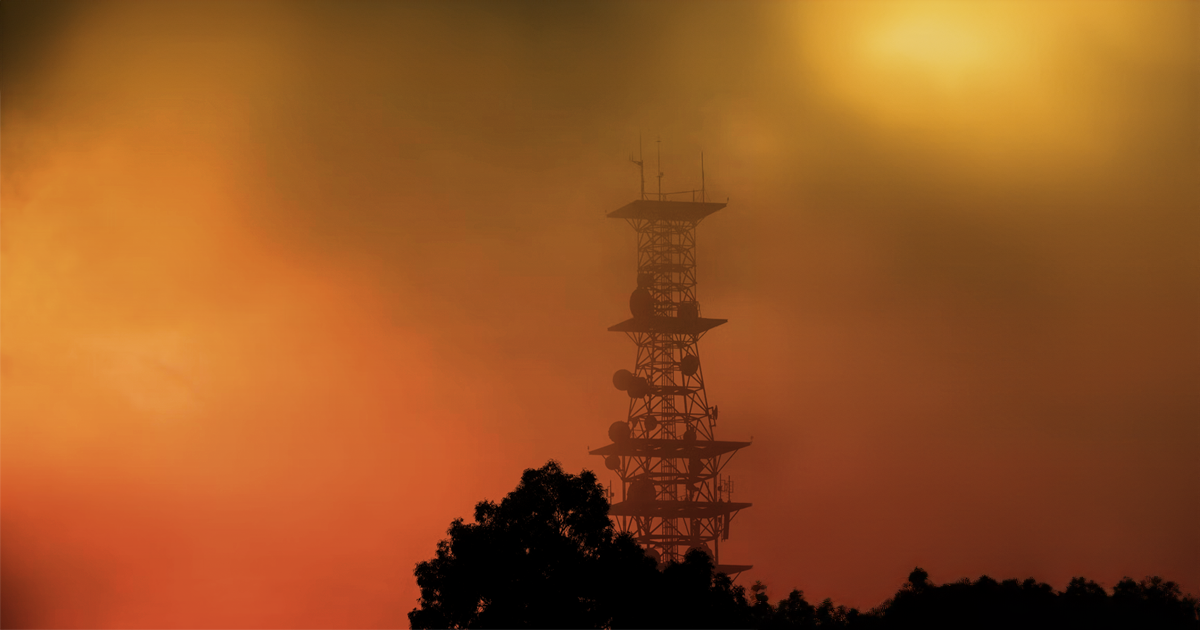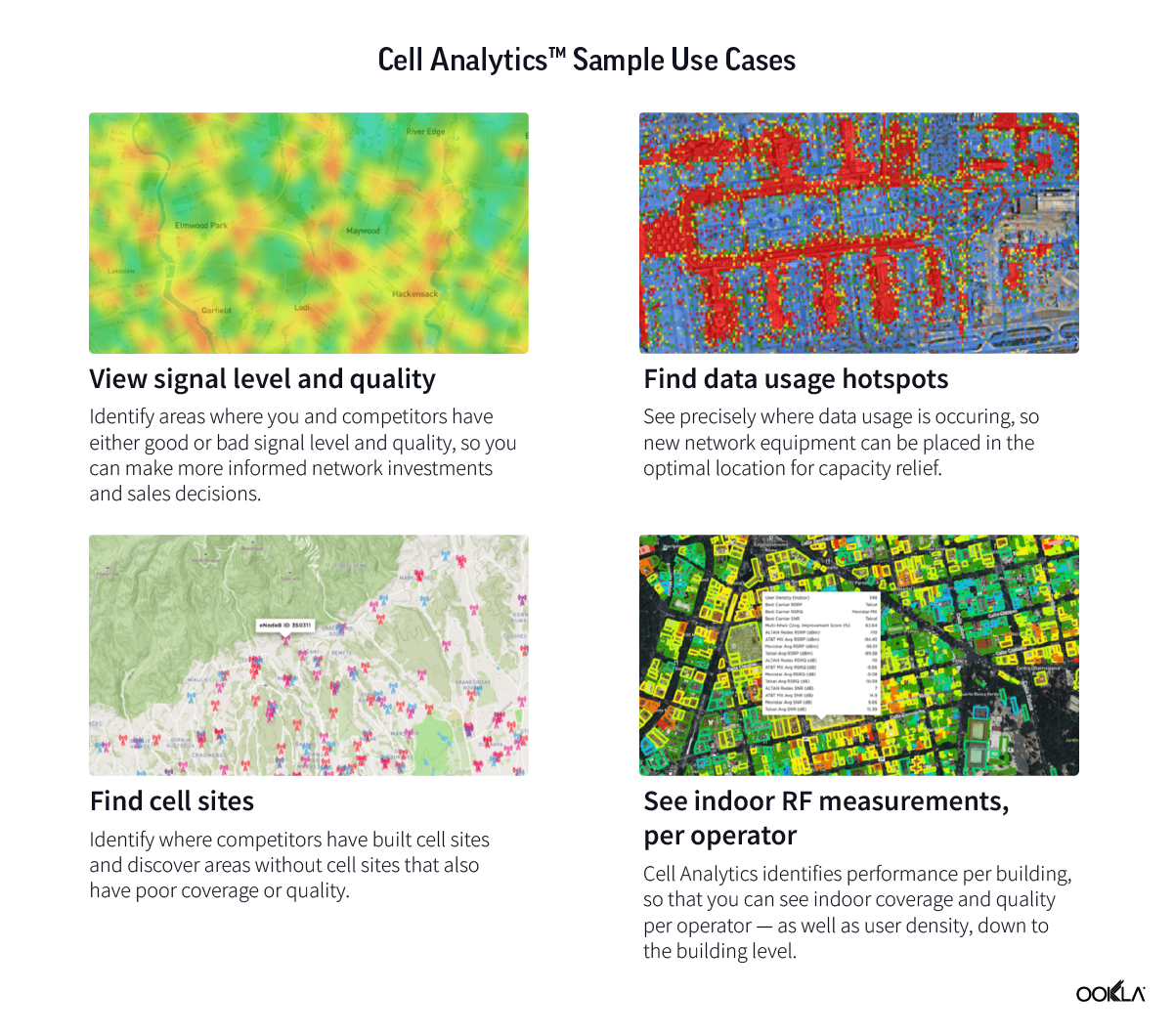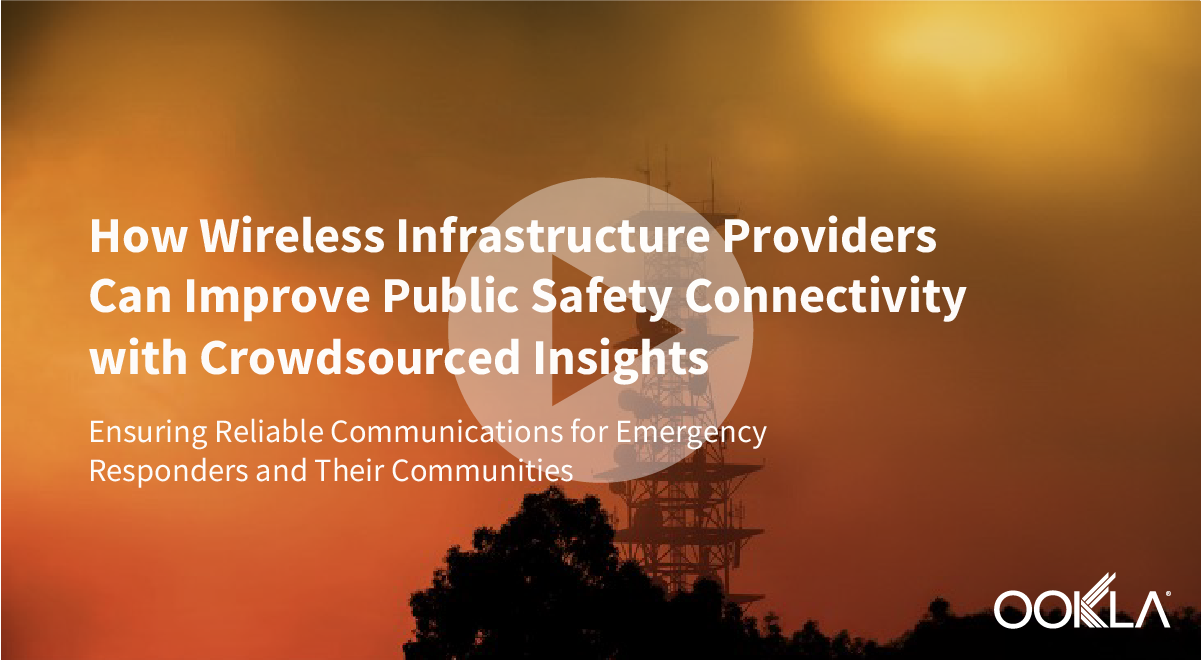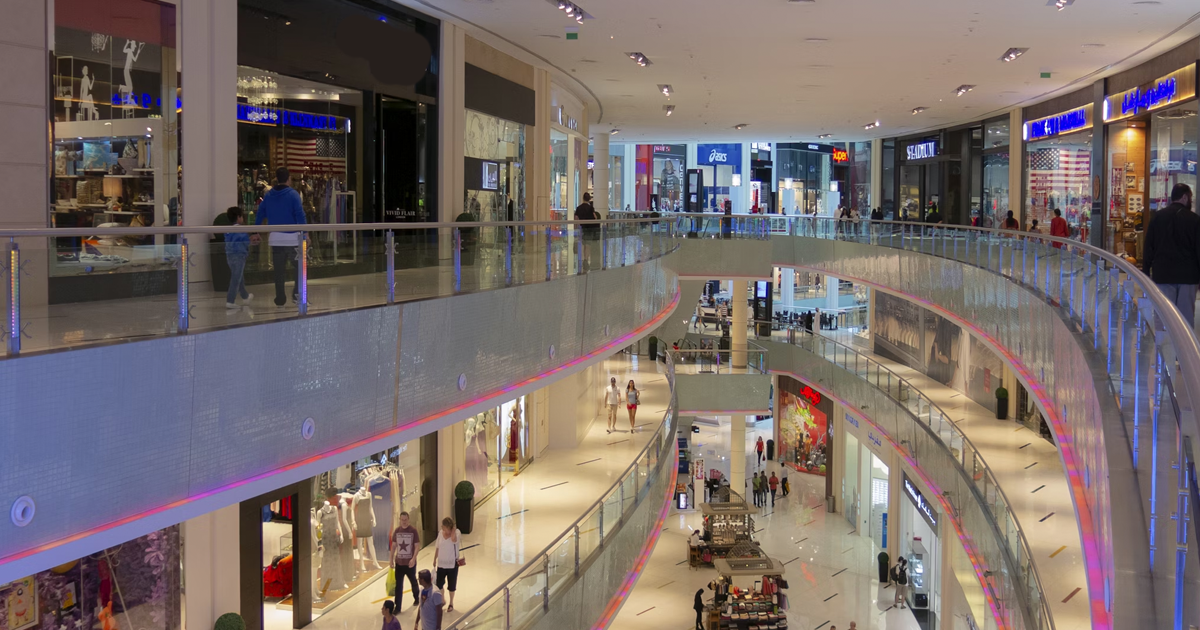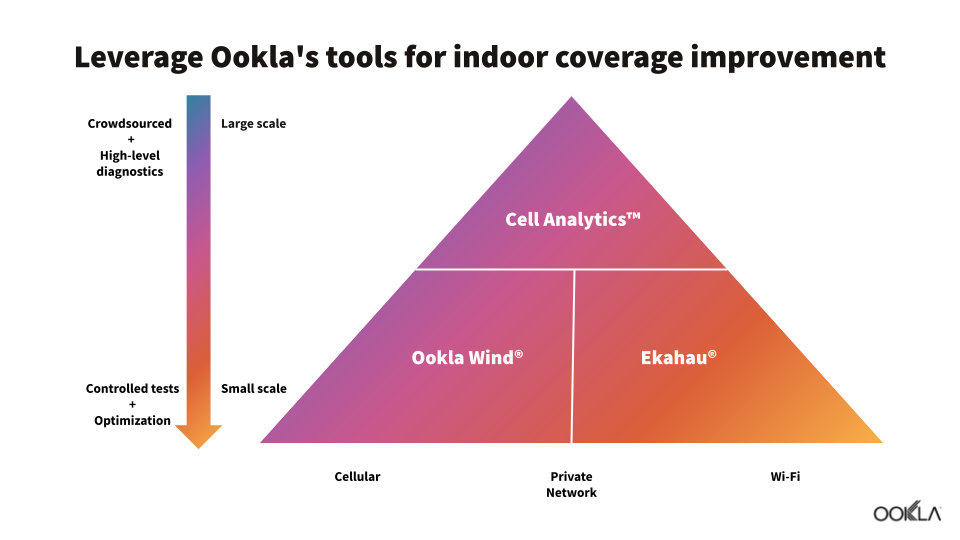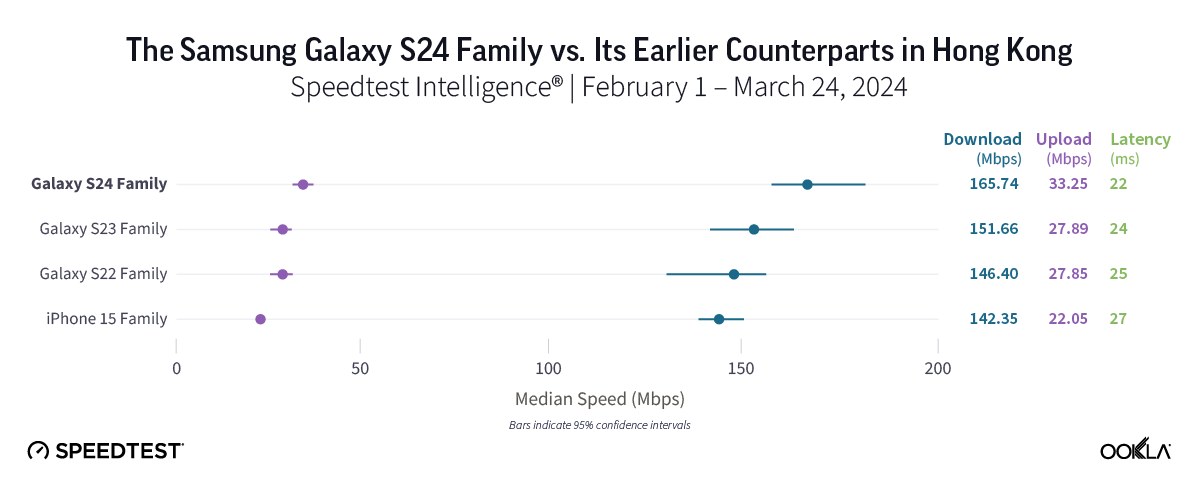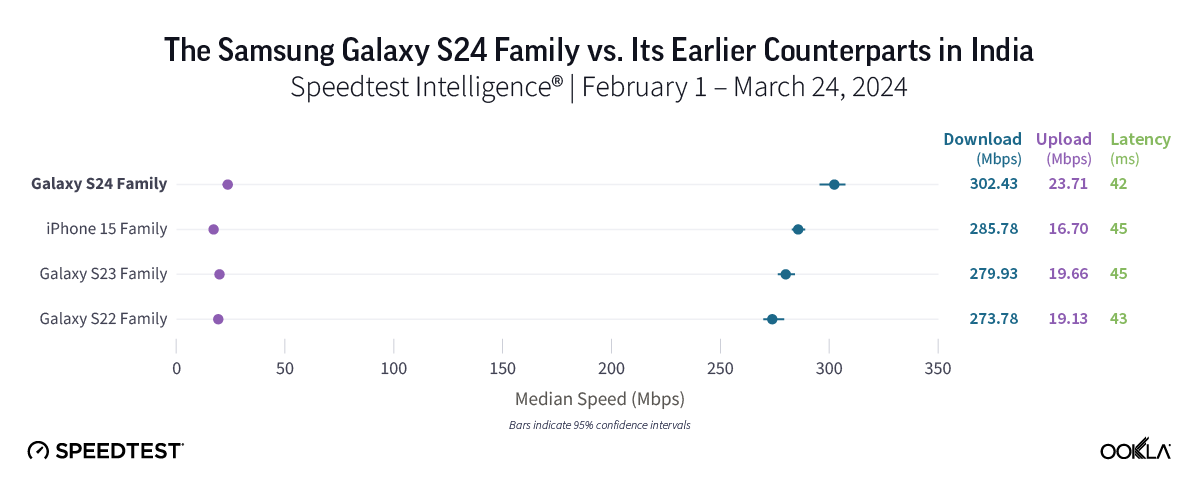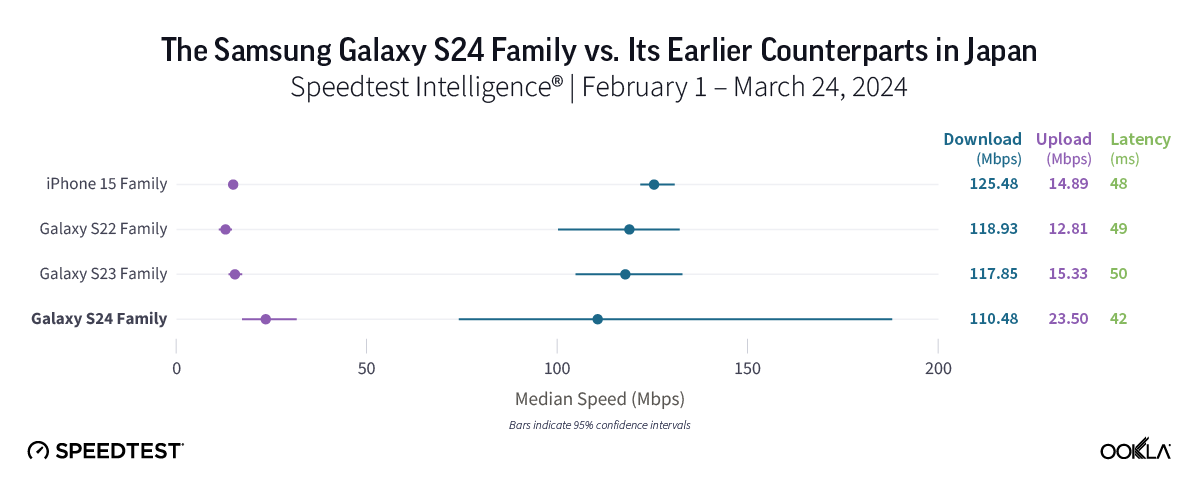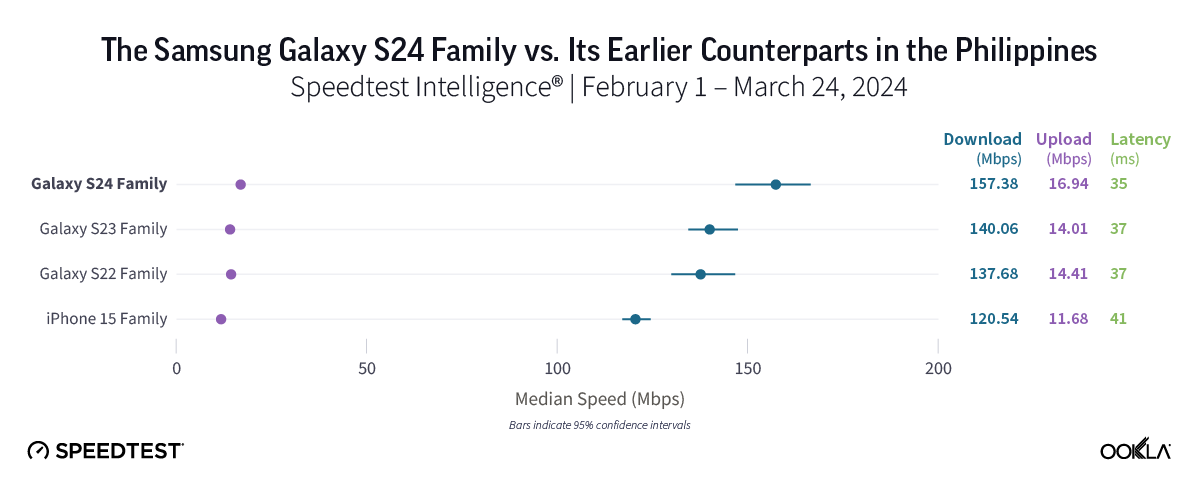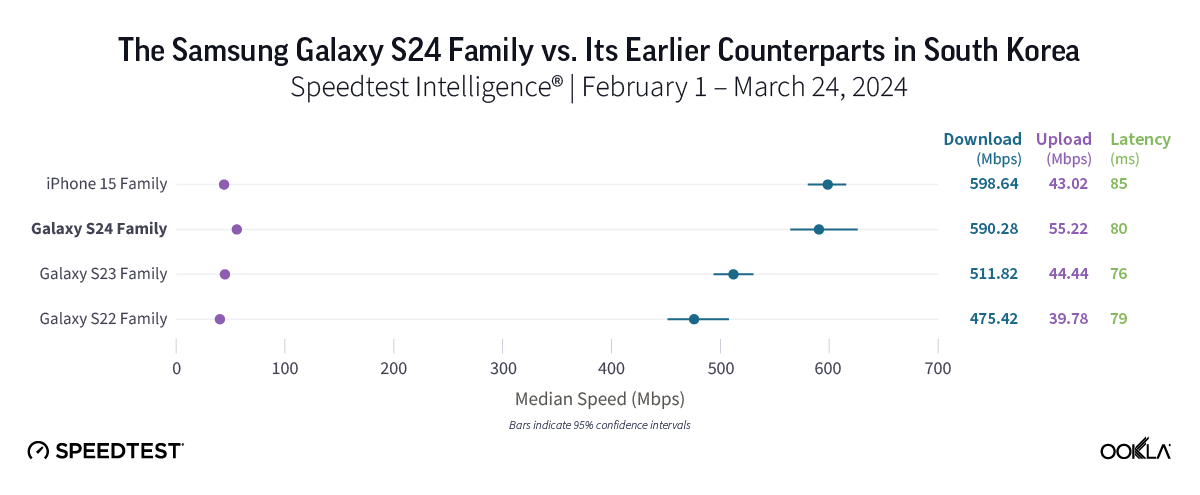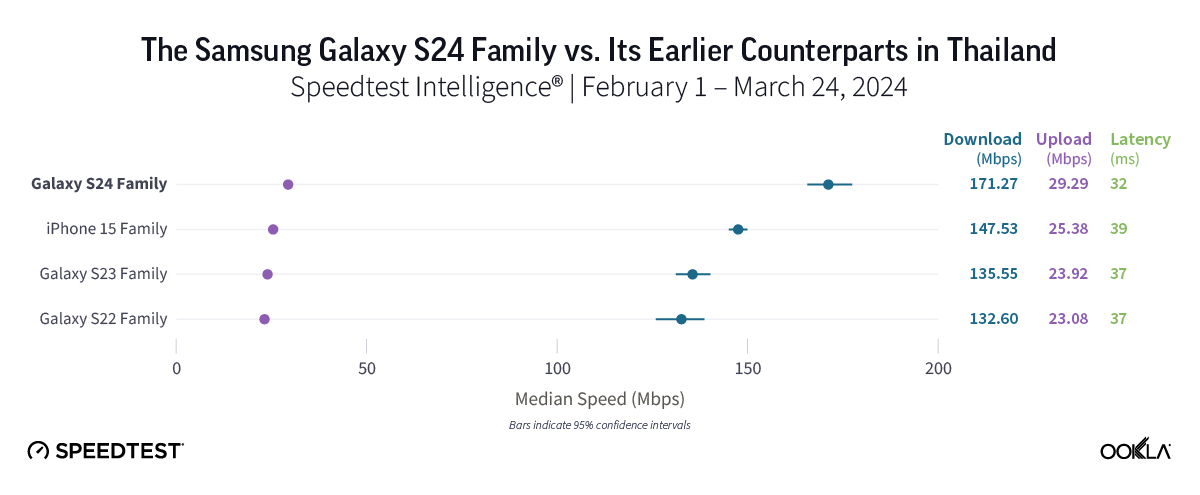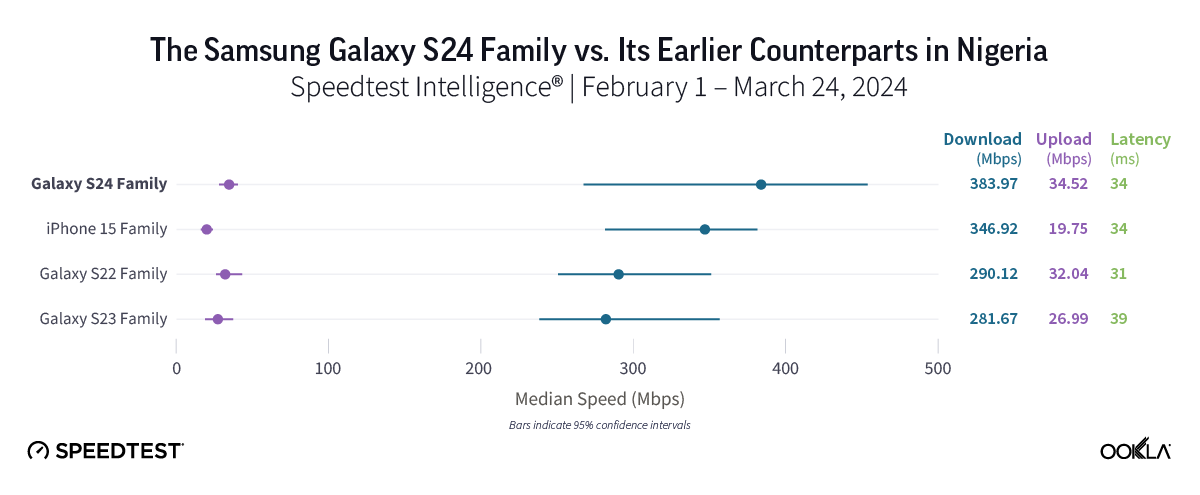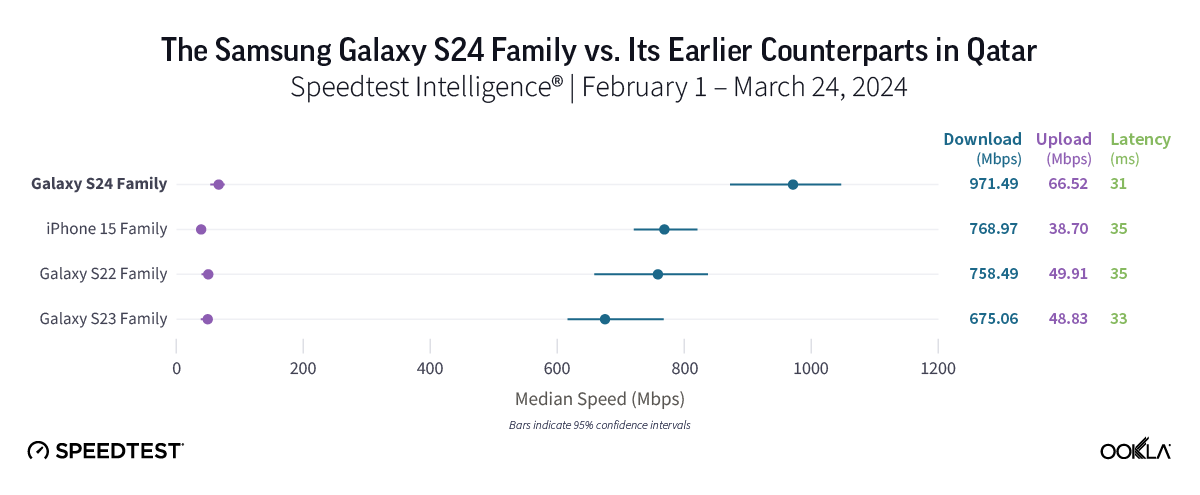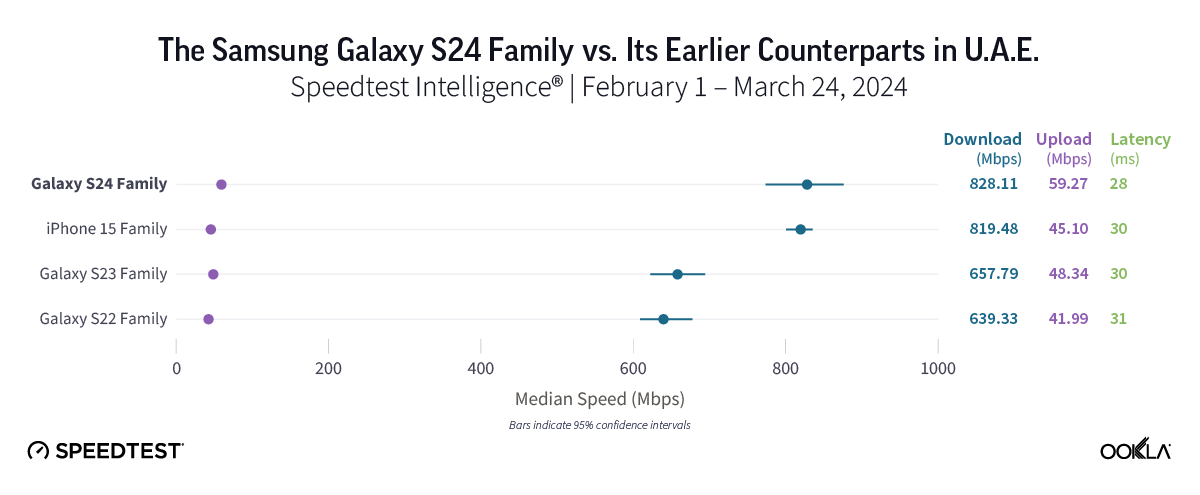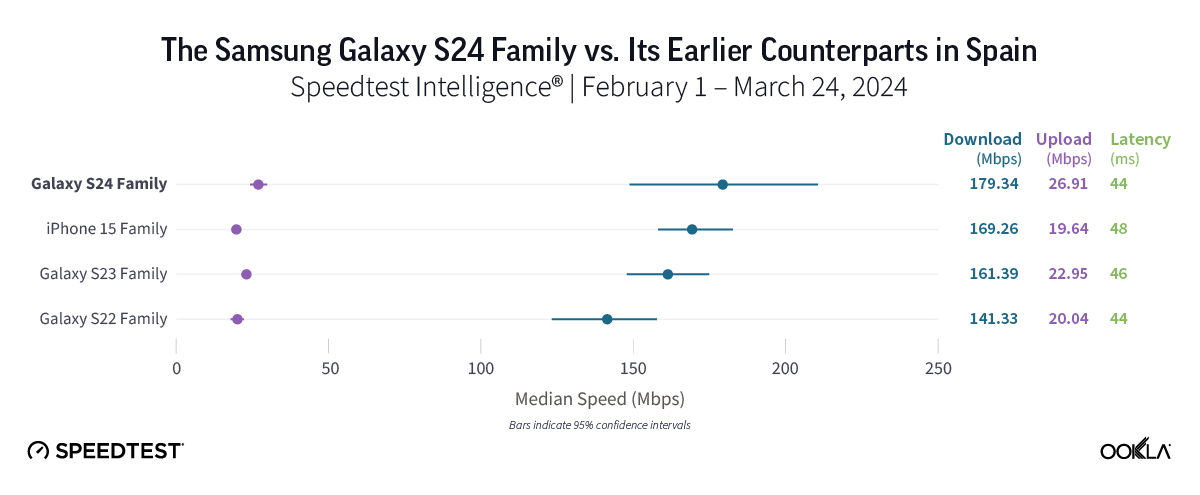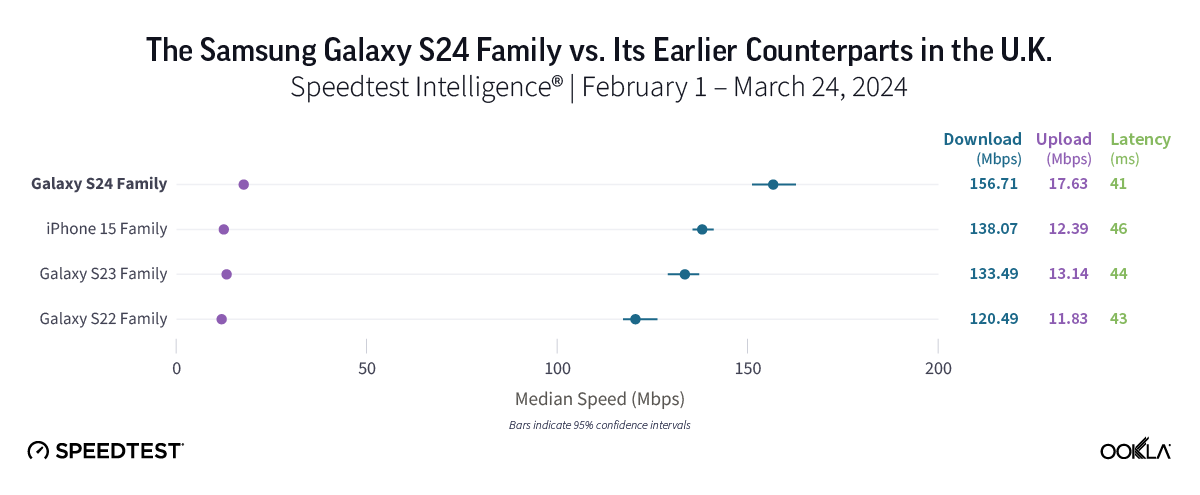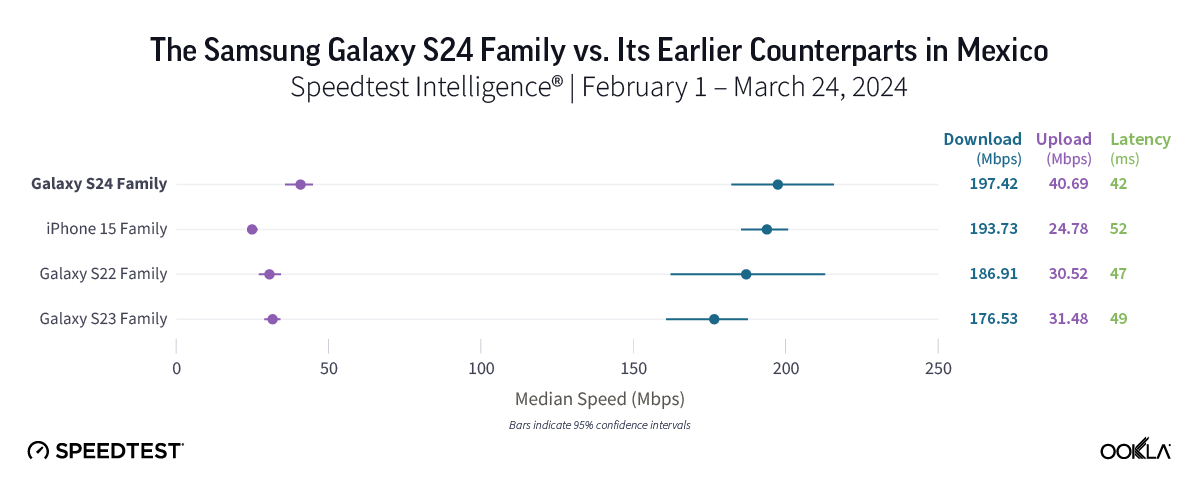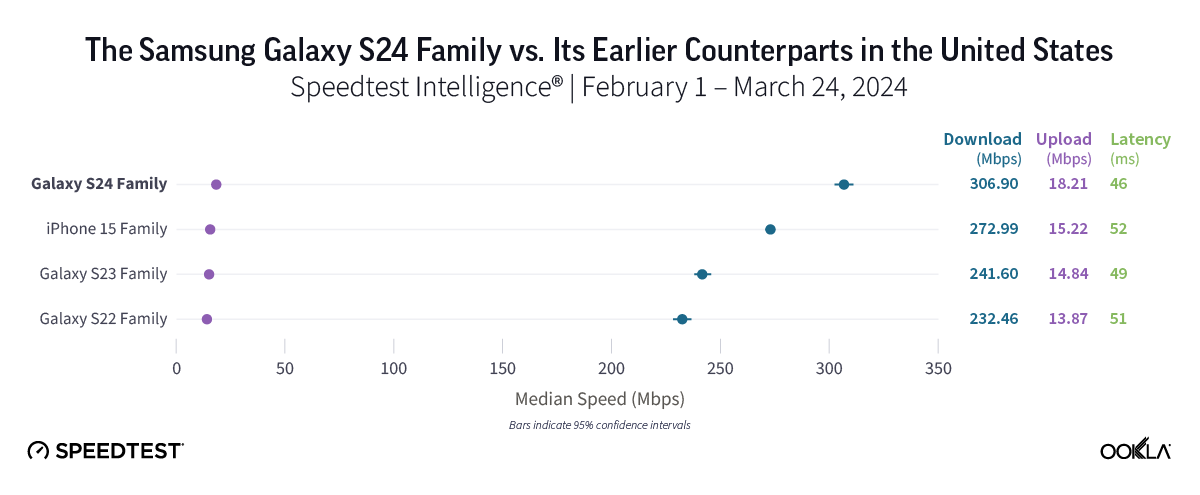Picture this scenario: Your company’s internal monitoring tools haven’t detected an issue with your website, but users are flooding social media and Downdetector® complaining that your site is down. You’re left wondering, “How did our users notice a problem before we did, and what can we do about it now?” This scenario highlights a key gap in traditional monitoring approaches — the disconnect between internal metrics and real-world user experiences.
Downdetector offers a powerful solution to this common challenge. By harnessing crowdsourced data from its global user base, Downdetector and its commercial counterpart Downdetector Explorer™ provide real-time insights into service disruptions across millions of services spanning myriad industries. The platform’s continuous stream of user-submitted outage reports allows Downdetector to identify issues often before the affected service providers themselves are aware, enabling faster response times and more proactive problem-solving.
In this article, we’ll explore how enterprises can use Downdetector Explorer to identify service disruptions, resolve issues faster, and provide better customer support. We’ll share insights from disruptions at major companies like AT&T, WhatsApp, and PlayStation, demonstrating Downdetector’s impact in real-world scenarios.
For a deeper dive into Downdetector and its role in service outages, don’t miss our webinar “Is It Just You? Leveraging Downdetector to Identify Service Disruptions.”
Downdetector: How it works & why it matters
What if you could tap into the experiences of millions of users around the world to detect website or service disruptions in real-time? Enter Downdetector Explorer. Users submit problem reports as they encounter issues, effectively creating a worldwide network of website outage detectors. This crowdsourced approach complements internal monitoring systems, offering insights that can reduce response times and improve service quality for enterprises.
With real-time status information for over 20,000 services across more than 45 Downdetector domains representing over 45 countries, Downdetector has become the go-to platform for service disruption insights. Here’s the short version of how it works (and here’s the longer version) along with some of its key benefits:
- User-generated reports: Consumers report issues they’re experiencing through Downdetector’s mobile app, website, or through the Speedtest® app. Downdetector also monitors and analyzes indicators from social media platforms and other sources around the web to automatically detect incidents and service disruptions. The ability to rapidly detect service disruptions, often before internal monitoring tools identify a problem, is vital in managing service disruptions effectively.
- Real-time analysis and anomaly detection: Downdetector’s systems analyze and validate reports in real-time, distinguishing between genuine service issues and isolated incidents. For example, an incident is identified when the number of problem reports for a service is significantly higher than its baseline or average. This can trigger a “danger state” that alerts businesses to potential issues, allowing them to quickly identify problems and diagnose whether incidents are caused by internal issues or external services like CDNs, cloud hosting providers, or other sources.
- Third-party service monitoring: A key feature of Downdetector Explorer is its ability to monitor outages for services beyond a company’s own infrastructure. This includes CDN providers like Akamai, various OTT services, and cloud hosting platforms. By providing visibility into these interconnected services, Downdetector Explorer enables companies to better understand the root cause of outages, even when they originate outside their own infrastructure
The following sections explore how companies across various industries have benefited from Downdetector’s capabilities, demonstrating its value across multiple real-world scenarios. To see more of these benefits in practice, be sure to watch our recent webinar.
Identifying root causes: The AT&T outage
Imagine waking up one morning to find your phone has no signal. No calls, no texts, no mobile data. Frustrating, right? That’s exactly what millions of AT&T customers experienced one morning. But here’s where the story gets interesting –- and where Downdetector shined.
During this widespread service disruption, Downdetector became a critical source for real-time insights, showcasing how crowdsourced data can be a game-changer in understanding and addressing large-scale outages. Here’s how Downdetector helped make sense of this digital disruption:
- Early detection: Downdetector observed a significant spike in AT&T-related reports, quickly highlighting the widespread nature of the issue. The collective experiences of users provide Downdetector with a unique, consumer perspective on service disruptions, offering insights into the full scope and impact of an outage.
- Nationwide impact: Downdetector logged almost two million unique user reports about AT&T services, with reports submitted from affected users across multiple cities and regions. This clearly indicated a severe, nationwide issue rather than isolated or localized incidents.
- Comparative analysis: Downdetector’s data revealed a significant disparity in user user-generated reports between AT&T and its competitors. While Verizon and T-Mobile experienced an increase in reports, their volumes were substantially lower than AT&T’s, helping identify AT&T as the primary source of the problem. Interestingly, many of the reports for Verizon and T-Mobile were likely “sympathetic” in nature — their customers submitted reports after failing to connect with AT&T users, mistakenly (but understandably) attributing the issue to their own provider.
- Root cause indication: The pattern and distribution of reports across AT&T’s services suggested an internal root cause rather than an external factor affecting multiple providers.
- Timely information: Downdetector provided these insights within the first few hours of the outage, while it took AT&T approximately 16 hours to make a public announcement confirming the internal cause.
This example illustrates how Downdetector Explorer can provide crucial context and insights that can help cut through the confusion that often accompanies major outages. For service providers, having access to real-time, user-generated data enables more informed decision-making about the scope and source of issues, guides targeted troubleshooting efforts, and supports clearer and quicker communication with customers
Early alerting and filling gaps in internal testing: the WhatsApp outage
As our reliance on digital communication grows, even a brief disruption to a popular communication app can cause serious frustration, impacting our ability to connect with people and even conduct business. That’s exactly what happened when WhatsApp, a platform used for messaging, calling, and sharing media, experienced a service outage. As users began experiencing and reporting issues, Downdetector immediately began collecting and analyzing user-generated reports, providing real-time information into the developing situation.
This event showcased Downdetector’s unique ability to provide insights into application-level issues that might not be immediately apparent through traditional monitoring tools. Let’s explore how Downdetector helped illuminate this digital disruption:
- Rapid global detection: Downdetector quickly identified a surge in WhatsApp-related reports from multiple countries, signaling a widespread issue. The ability to pinpoint where users are experiencing problems is especially important for service providers with international user bases.
- Real-time, app-specific insights: When reporting disruptions on Downdetector, users select from a predefined list of problem indicators, helping narrow down the issue. This structured reporting system provides real-time visibility into the specific issues users are experiencing. For the WhatsApp outage, the pattern of these reports helped quickly identify the nature, scope, and geographic spread of the problems within the WhatsApp service.
- Outage duration tracking: Downdetector’s continuous monitoring allowed for accurate tracking of the outage’s duration, from initial spike to resolution.
The WhatsApp outage demonstrates Downdetector’s unique ability to detect and monitor issues that may slip through the cracks of traditional testing tools. By tapping into real-world user experiences, Downdetector offers a level of monitoring that can alert companies to problems faster and provide a more comprehensive view of service disruptions.
Diagnosing multi-service issues: The PlayStation Network outage
When your favorite online game stutters or crashes, is it the game itself, the gaming platform, or your internet connection? This complexity is exactly what makes outages in the gaming industry particularly challenging to diagnose. The gaming ecosystem’s intricate nature, with its multiple layers of services, can create a perfect storm for confusion during outages.
In an outage affecting users of the PlayStation Network, EA, and popular games like FIFA, Downdetector’s insights proved invaluable in unraveling a web of interconnected services. Its ability to collect and analyze data across various platforms simultaneously provided a clear picture of the situation. Here’s how Downdetector helped unravel this dilemma:
- Comprehensive service monitoring: Downdetector received user reports across multiple services simultaneously, including the PlayStation Network, EA’s servers, and individual games like FIFA.
- Identifying the root cause: A spike in reports for PlayStation Network, significantly higher than those for EA or individual games, pointed to the source of the problem.
- Global impact: Downdetector’s data revealed that the issue affected PlayStation Network users worldwide, ruling out localized problems.
- Connecting the dots: Downdetector’s data revealed a correlation between increased reports for the PlayStation Network and reports for specific games like FIFA. This highlighted the interconnected nature of gaming services, showing how issues with a platform like PlayStation Network can coincide with perceived problems in individual games.
- Real-time data collection and analysis: Downdetector continuously collected user reports throughout the event, providing a real-time view of the issue’s scale and geographic spread. By tracking report volumes for the PlayStation Network alongside those for games and other related services, Downdetector offered insights into how the situation evolved over time.
Downdetector’s holistic view of the gaming ecosystem enabled a quick identification of the PlayStation Network as the primary source of the problem. The ability to rapidly diagnose issues is crucial in an industry where even a second of downtime can lead to a spike in customer service outreach and potential revenue loss. It can also potentially mean the difference between winning and losing for millions of gamers
The bottom line
In our digital landscape where just a few minutes of downtime can have significant impacts, the ability to quickly detect and understand service disruptions is more critical than ever. As we’ve seen through the case studies above, service disruptions can have far-reaching consequences across various sectors.
These examples highlight a common challenge facing service providers: the discrepancy between what internal monitoring systems report and what users are actually experiencing and reporting when faced with service outages or issues. Downdetector bridges this gap by using the power of crowdsourced data, offering a unique perspective that complements traditional monitoring tools. Downdetector Explorer empowers businesses with the tools they need to stay ahead of outages, improve customer communication, and ultimately deliver a better user experience.
To learn more about how Downdetector can benefit your organization and to dive deeper into these and other case studies, including an insightful analysis of a Bank of America outage, watch our recent webinar, “Is It Just You? Leveraging Downdetector to Identify Service Disruptions.” For more on how Downdetector works, visit our methodology page.
Ookla retains ownership of this article including all of the intellectual property rights, data, content graphs and analysis. This article may not be quoted, reproduced, distributed or published for any commercial purpose without prior consent. Members of the press and others using the findings in this article for non-commercial purposes are welcome to publicly share and link to report information with attribution to Ookla.


